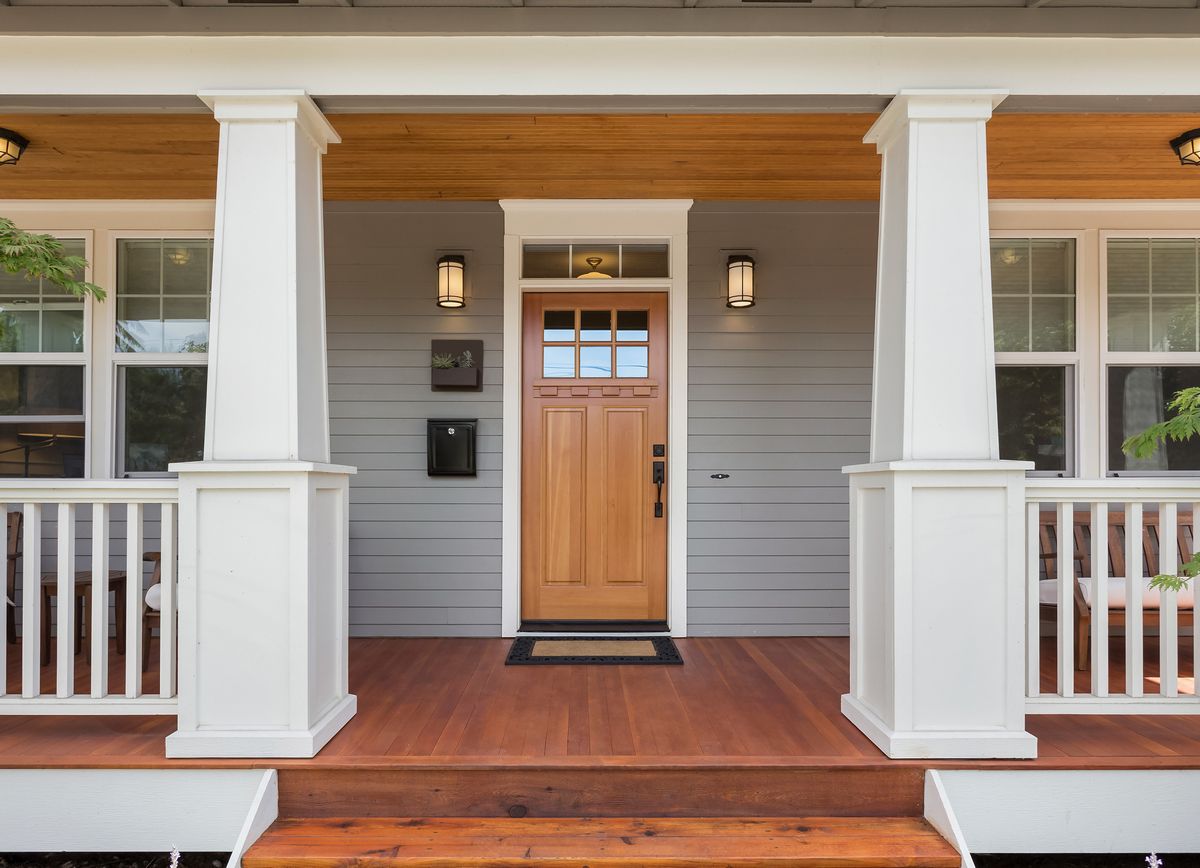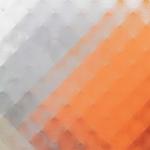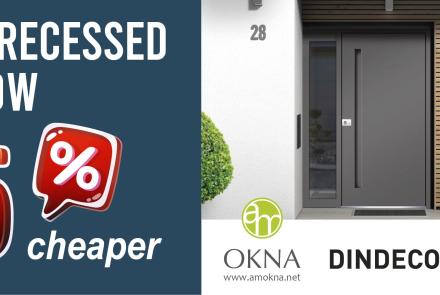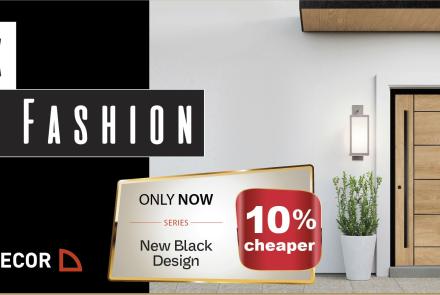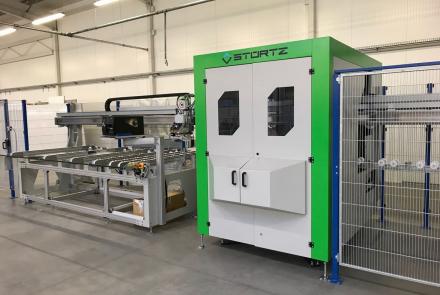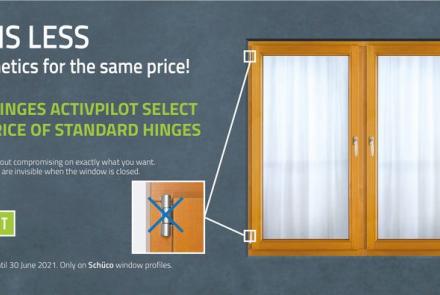How do you choose the entrance door?
We often hear that the entrance door is the showcase of our home, which statement is hard to disagree with. It is through the entrance door that we enter our space. Therefore, as we do our shopping, we pay so much attention to aesthetics and the way the door fits in with the style of our home. However, it is worth remembering that the door performs some other important functions, too. Above all else, it protects residents and possessions from burglars. It also helps to ensure optimal thermal conditions indoors. At present, the market offers a whole range of various solutions, with manufacturers outperforming one other as they praise their technology. This does not make it any easier to make the right choice and it is easy to get lost.
In this article, we will try to present the most popular door solutions and give you some hints on what to look for when choosing the door for you.
What to look for when choosing an exterior door?
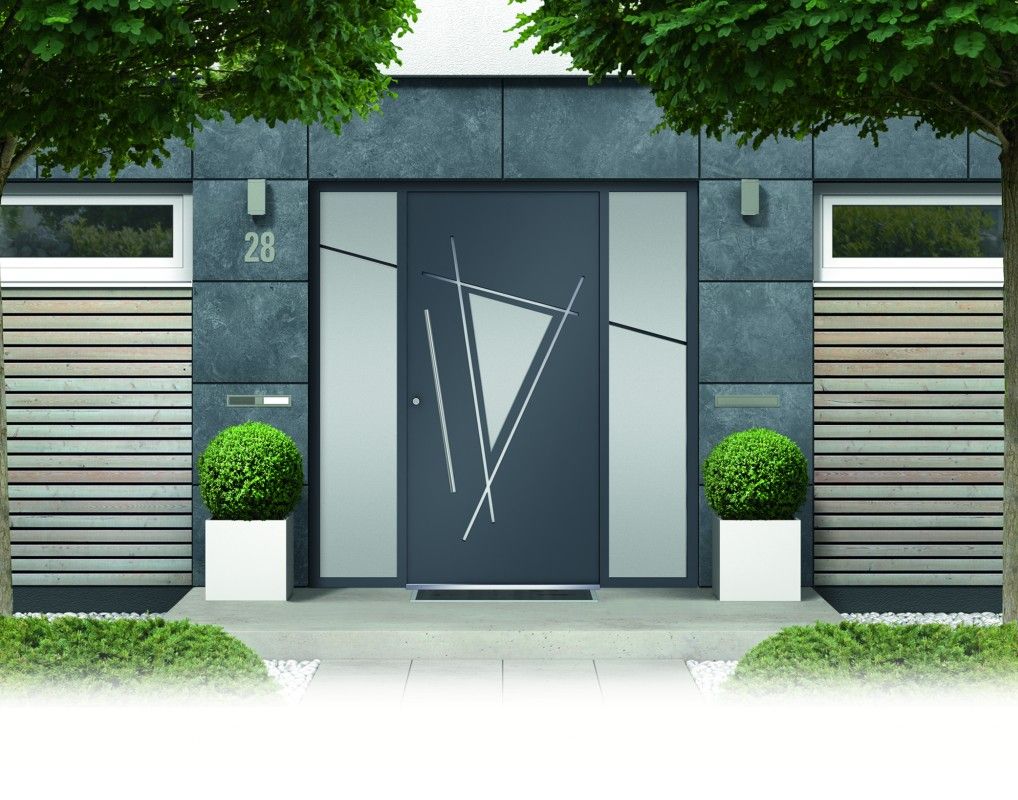
We can distinguish several main parameters of significant importance while choosing the door.
- Door size - Size is a parameter which affects functionality. Doors that are too small are sometimes problematic as we, for instance, bring in furniture and appliances.
- Thermal and acoustic insulation - The thermal insulation coefficient, together with acoustic insulation, affects the comfort of the home. The lower the heat transfer coefficient (U-value), the higher the insulation performance and, therefore, the lower the heat loss. Sound insulation is most important if we live in a noisy neighbourhood.
- Resistance to external factors - Exterior doors are extremely exposed to weather conditions such as sunlight, precipitation or wind. If we want a door that is built to last, it is worth choosing one that is resistant to outdoor conditions.
- Burglar-proof - An extremely important role of the door is also to provide security. Therefore, we should also pay attention to the burglary resistance class of the door. We may equip our door with such important security features as special lock inserts or multi-point locking espagnolettes, which increase resistance to attempts at breaking and entering by "uninvited guests"
What material should a good entrance door be made of?
Nowadays, manufacturers offer doors made of various materials: PVC, aluminium, wood or steel. Each solution has its advantages and the final choice depends on our expectations and needs.
PVC exterior doors
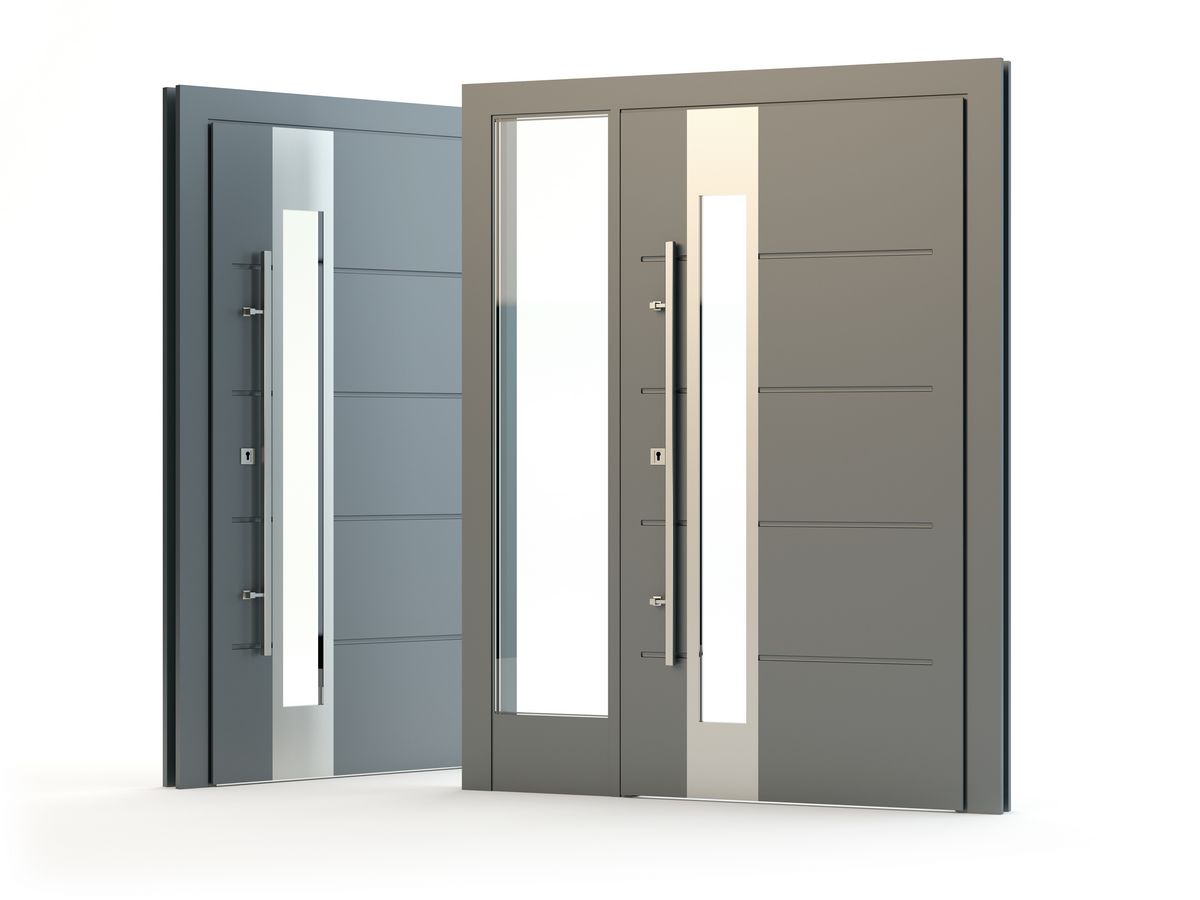
Doors made of PVC are designed of multi-chambered profiles, reinforced with aluminium or galvanised steel lining. The low price is undoubtedly their advantage, which lends itself to the popularity of the solution. They are also characterised by high sound absorption, good thermal insulation and lightweight structure. Yet another advantage is that they are easy to match with other elements, such as windows, roller shutters or garage doors. This is because they are coloured in the mass or finished with foil, veneer, which contributes to the richness of their colours. The downside of PVC doors, however, is it is difficult to repair more serious damage.
Aluminium entrance door
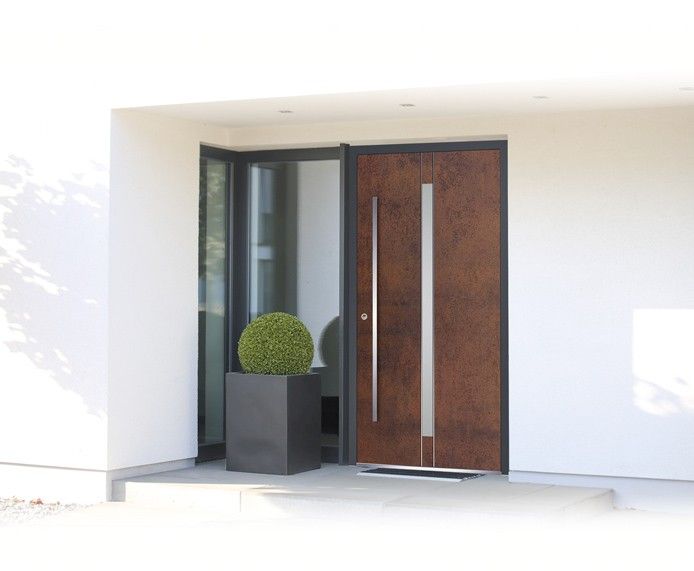
Aluminium doors are made of a casing and frame with a multi-chamber structure. They are filled with thermal insulation material to improve thermal insulation. The frame is equipped with panels installed on the frame or inside. They are also filled with sufficient thermal insulation. Although they are associated with public-utility facilities, they are now more and more popular among private customers, especially those who live in detached houses. Their thermal insulation parameters are to their advantage, as they can achieve an excellent U-value of 0.47 W/(m2.K). Aluminium doors can also be combined in sets with fanlights. This allows the creation of a glazed entrance area. Aluminium models also offer a variety of styles. It is a material that enables a very wide range of designs to be created. Aluminium goes well with such finishes as veneers imitating wood, stone or architectural concrete overlays perfectly. Yet another interesting solution for aluminium doors are facade panels. They help the door to be "hidden" and to match the appearance of the facade. Their advantage is also high structural durability.
Steel exterior doors
Steel entrance doors are characterised by their durability and resistance to mechanical damage. Casings, frames, sashes and reinforcing grating in steel doors are made of galvanised steel, making them burglar-proof and thought of as indestructible. Steel has no thermal insulation properties. This is why steel doors are usually filled in with rigid polyurethane foam or expanded polystyrene, which keeps the cold out and the heat in. The surface of steel doors is usually coated with PVC foil or varnished in the colour of your choice. It can be embossed or covered with HDF panel. Steel doors are heavier than aluminium ones.
Wooden entrance doors
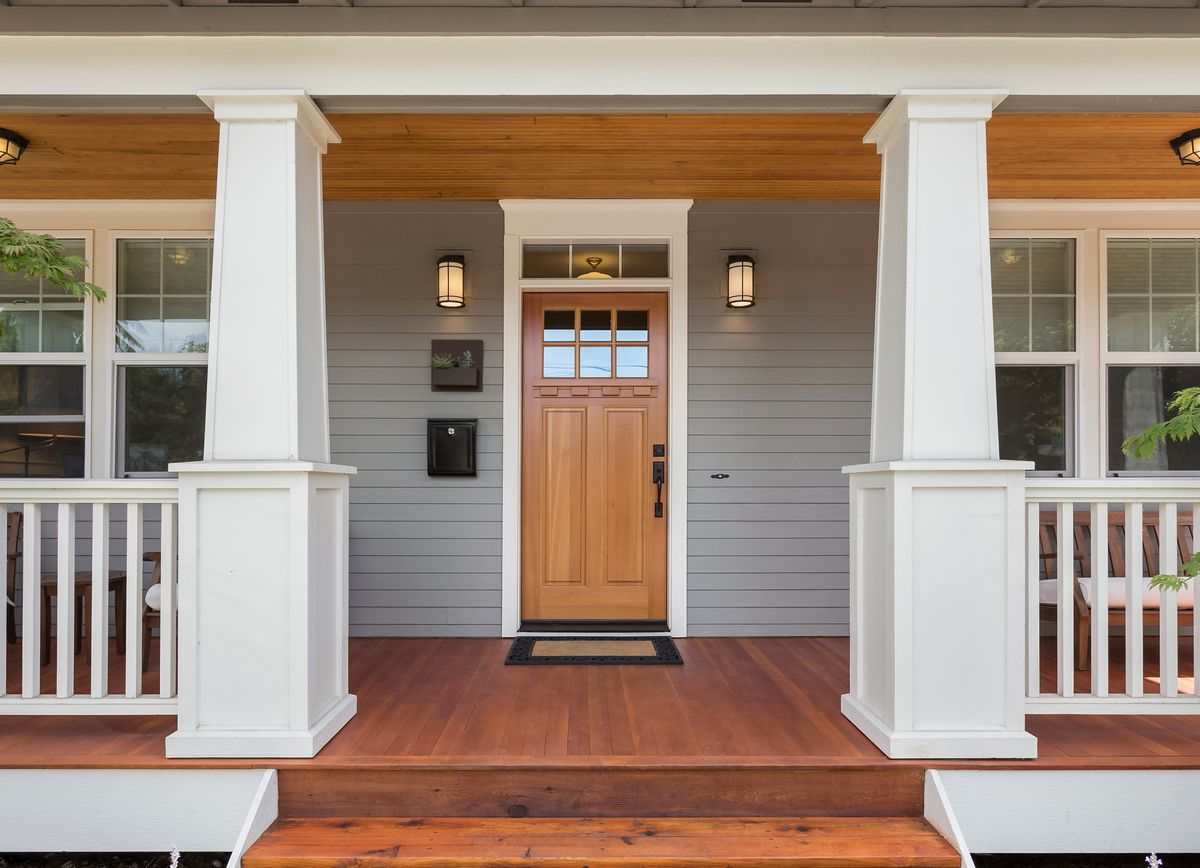
Wooden doors are most often made of pine or spruce. Although it is possible to find sashes made of hardwood, for instance ash, oak or mahogany. The species of wood affects the durability and hardness of the structure but also the price. The cheapest and most popular are doors made of pine. When choosing a wooden door, we should also pay attention to how it is made. We can go for a solid or glue-laminated door. The latter will be more resistant to parceling. Enthusiasts of wooden doors set great store by their aesthetics, as wood is a timeless material.
However, wood is not only about the visual aspect. It is also characterised by excellent acoustic and thermal insulation properties. A warm timber door can have a U-value of approximately 0.7 W/(m²∙K). The disadvantages of wooden doors are their poor mechanical resistance and susceptibility to moisture. We must also remember that wooden doors require seasonal maintenance.
The choice is yours
There is no one-size-fits-all solution. Which type of door we finally choose is a very personal matter and depends on our needs. Before we finally make the purchase, it is worth talking to an adviser to carefully discuss solutions that will suit our preferences.
When is it worth going for fireproof joinery?
Fire doors are a solution that is more and more popular among customers, not only in public-utility buildings, but also in private ones. They are purchased by owners of detached houses, especially when dealing with rooms such as the garage or the boiler room.
The main task of a fire door is this: to prevent the spread of fire in the event of a fire. It is a more expensive solution, but it is worth considering for the sake of effective protection of health, life and also property.
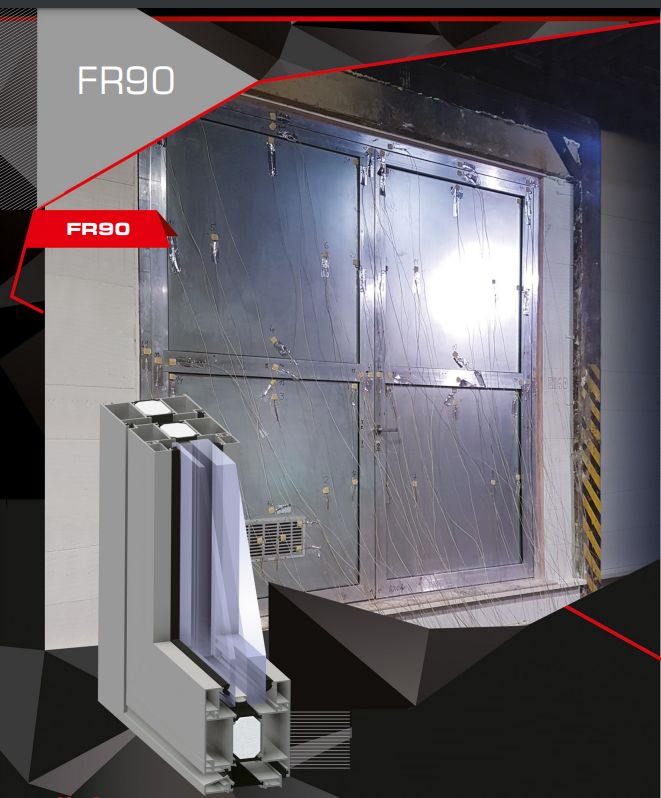
Types of fire doors
Different types of materials are used while manufacturing fire doors. The most common are fire doors made of steel and aluminium, but products offered by various manufacturers also include wooden and glass fire protection structures.
Fire doors can also be fitted with special glazing. This does not adversely affect their properties. However, it allows them to better match the appearance of the building's interiors and facades.
When faced with a choice, it is worth paying attention to their parameters and classes. Two parameters are the most important in determining the fire resistance of joinery:
- E – fire integrity
- I – fire insulation
The range includes fire doors marked with the following symbols: EI15, EI30, EI60, EI90, EI120 compliant with the guidelines of PN-EN 16034:2014-11 (a Polish standard)
Additionally, we may find designations such as C, which stands for self-closing doors. In contrast, marking the door with S (Sm, Sa) applies to smoke-proof doors.
To sum up, fire doors are also worth installing in detached houses in the passages between the living area and the boiler room or the garage. This will earn the residents some time to escape and protect property from the rapid spread of fire. It can also work the other way round. If we inadvertently start a fire in our home, we will delay it getting into areas where flammable materials may be kept.
We will soon be publishing another guide article on exterior doors. In the next part, we will give a broader overview of the types of door panels and the solution for illuminating the door.
Feel free to follow.

 Polski
Polski English
English Germany
Germany France
France
